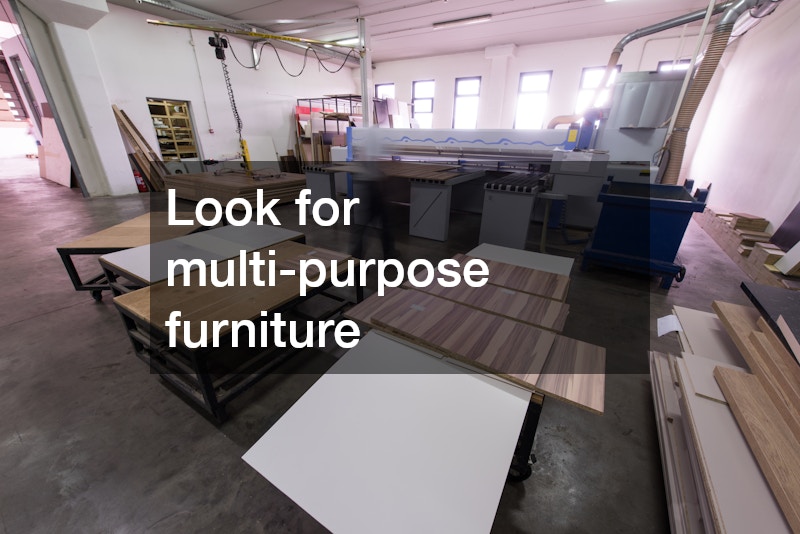A conservatory offers a perfect balance between the outdoors and indoor comfort, creating a space that floods your home with natural light while serving multiple functions. Whether you’re aiming for a cozy sitting area, an inspiring creative space, or a dining nook for entertaining guests, decorating a conservatory with elegance and timeless appeal requires attention to both form and function.
This article explores the essential elements to consider, from furniture and materials to architectural details, lighting, and decor, helping you transform your conservatory into a beautiful and functional extension of your home.
Choosing the Right Purpose and Layout
Before starting the design process, it’s important to decide how you want to use the conservatory throughout the year. Some common uses include a family sitting room, home office, casual dining area, or even a multifunctional space that serves several purposes.
Depending on your needs, you can choose comfortable furniture for lounging or opt for multi-functional pieces, such as a daybed that doubles as a sofa. Window seating built around the room’s perimeter is another great option to create a cozy corner while maximizing space.
Flooring That Blends Beauty with Functionality
The flooring in a conservatory should be both stylish and practical, capable of withstanding temperature changes. Materials like marble, slate, porcelain, and reclaimed limestone bring an elegant touch while being highly durable. For a more rustic vibe, terracotta tiles or engineered timber are excellent choices.
If you’re building a conservatory from scratch, consider installing underfloor heating to enhance comfort during colder months. To add warmth and texture, large area rugs can complement the flooring while introducing color and pattern.
Architectural Elements for Timeless Appeal
Conservatories are known for their distinctive architectural features, such as floor-to-ceiling windows that connect the interior space to the garden. Glass doors, like bi-fold or French doors, allow the space to open seamlessly to an outdoor seating area, vegetable garden, or lawn during warmer months.
Roofs are usually fully glazed and can reflect a variety of styles, including lean-to designs or traditional Victorian, Edwardian, and Georgian aesthetics. For decorative flair, consider adding crestings and finials, which are common in more classic designs. These architectural details enhance the room’s timeless charm.
If your conservatory faces extreme weather conditions, solar-controlled glazing can help manage heat in summer, while double-glazed windows provide insulation during colder months.
Lighting for Day and Night
Conservatories naturally benefit from ample daylight, but incorporating layered lighting ensures the space remains inviting after sunset. Elegant chandeliers or large ceiling pendants can serve as focal points, while floor lanterns or table candelabras introduce warmth and ambiance.
For task lighting, slender floor and table lamps can illuminate reading nooks or work areas. Mixing different light sources, such as wall sconces, lanterns, and decorative chandeliers, helps create a cozy and intimate environment that shifts seamlessly from day to night.
Selecting Furniture and Materials
The furniture you choose will set the tone for the conservatory’s overall feel. For a relaxed and casual look, consider lightweight seating options like rattan or wicker chairs, hanging egg chairs, or cane-backed rocking chairs. Glazed ceramic stools, marble-topped tables, or wrought iron bistro sets lend sophistication to dining areas.
Look for multi-purpose furniture pieces to maximize space. A bar cart can be used for entertaining or storing garden tools, while a storage ottoman serves as both a footrest and extra storage. A folding trestle table can function as a dining table, drink station, or desk depending on the occasion.
When selecting fabrics, choose lightfast materials that can withstand prolonged exposure to sunlight without fading. Rattan can be painted in neutral tones or given a washed finish for a softer look. Wrought iron furniture develops a natural patina over time, adding rustic appeal that complements the space.
Minimal Window Treatments for an Airy Atmosphere
One of the defining characteristics of a conservatory is its open and airy feel. To maintain this sense of lightness, use window treatments sparingly. When privacy or sun protection is needed, opt for subtle blinds made from natural materials like linen or rattan. These soft, neutral-colored blinds add texture without overwhelming the space and help keep the conservatory cool in summer and warm in winter.
Adding Texture and Seasonal Energy
Introduce texture through soft furnishings, such as earthy throws, hopsack fabrics, and natural linens. Cushions in floral patterns, botanical prints, or subtle stripes add depth and visual interest. Stick to either warm or cool palettes to create a cohesive look, and allow nature to inspire your choice of colors and patterns.
Bring the outdoors in with fresh plants, citrus trees, or tall, leafy greenery. Hanging plants draw the eye upward and create height, while decorative planters, urns, and terracotta pots add sculptural beauty. Celebrate the seasons with unstructured floral arrangements or vases of fresh foliage picked from the garden or farmers’ market.
Artwork and Accessories for a Personal Touch
Artwork enhances the personality of the space. Use walls to display collections of botanical prints, still-life paintings, or garden-inspired sculptures. Stone statues, water features, and obelisks can serve as elegant focal points, especially in conservatories that open directly into lush gardens.
Accessories should combine beauty, function, and meaning. Consider a mix of loved objects, such as bird cages, ornate cake stands, or sculptural coral displays. Crystal water jugs, vases, or tiered trays add a touch of sparkle, while handmade wreaths, dried flowers, or bowls of acorns infuse the space with seasonal charm.
Conclusion
Decorating a conservatory with elegance and timeless appeal involves balancing functionality with thoughtful design elements. By carefully selecting furniture, lighting, and architectural features, and adding natural textures and personal touches, you can create a space that feels effortlessly connected to both your home and the outdoors. Whether used for lounging, dining, or entertaining, a well-decorated conservatory brings beauty, comfort, and a sense of tranquility to your living space.
.

